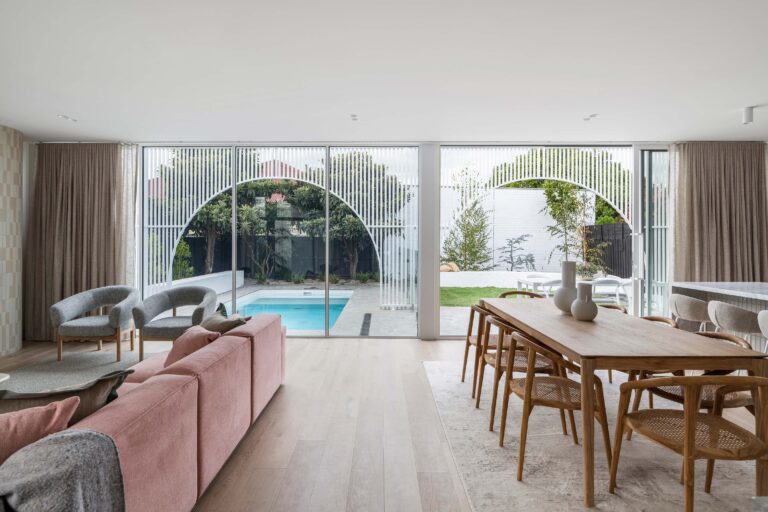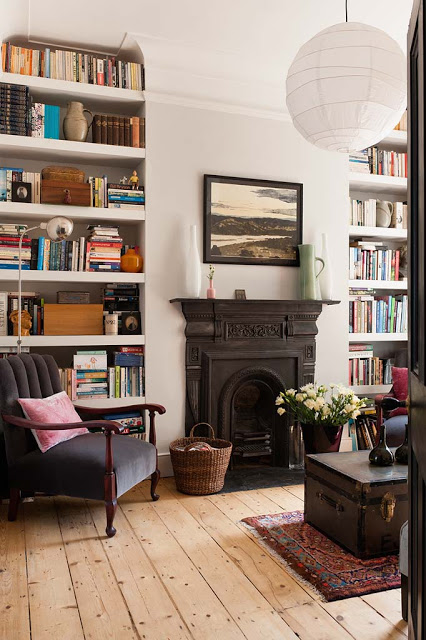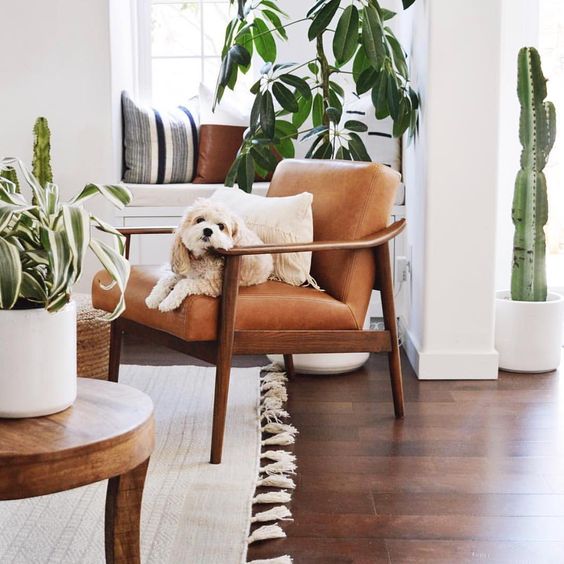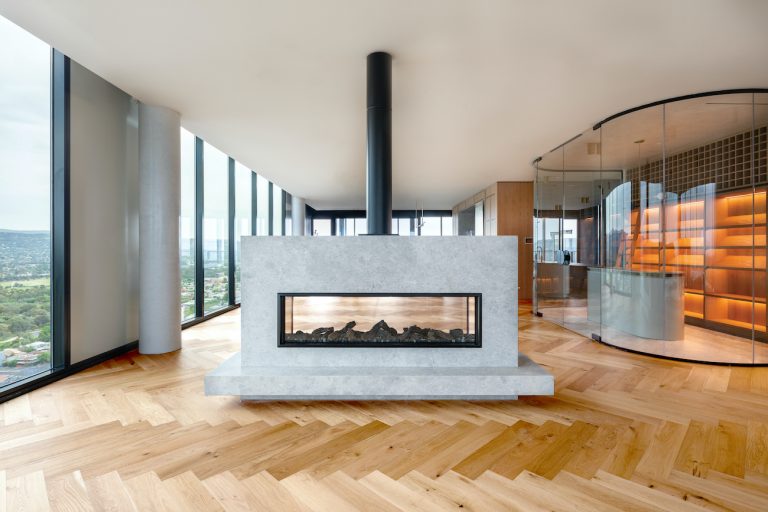When choosing a floor for your environment, it’s important to have all the facts.
Hardwood floors are known for their beauty, their value and their timelessness. It’s why they’re one of the most popular flooring choices. But hardwood floors are often disregarded entirely due to misconceptions.
We chatted to the experts to debunk several myths about hardwood floors, here’s what they had to say…
They’re expensive
Yes, they are expensive…initially. Carpet, vinyl and laminate flooring may be cheaper up front, but they need to be replaced every 10-20 years (depending on their quality). When properly cared for hardwood floors can last for hundreds of years, which means they’re actually very cost effective.
Wear and tear aside – hardwood floors have proven their ability to remain timeless, adapting to different decorating trends over the years. This makes them a great long-term investment, as they’re less likely to require replacement to suit different styles – unlike other alternatives which can appear dated.
They’re noisy
There’s no doubt about it, it is quieter to have carpet. But the noise levels in wood floored rooms can be adjusted very easily. Cloth materials are known to absorb sound and echoes, so when you furnish an area with furniture, rugs and curtains you will automatically reduce the amount of noise that comes with hardwood floors.






